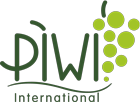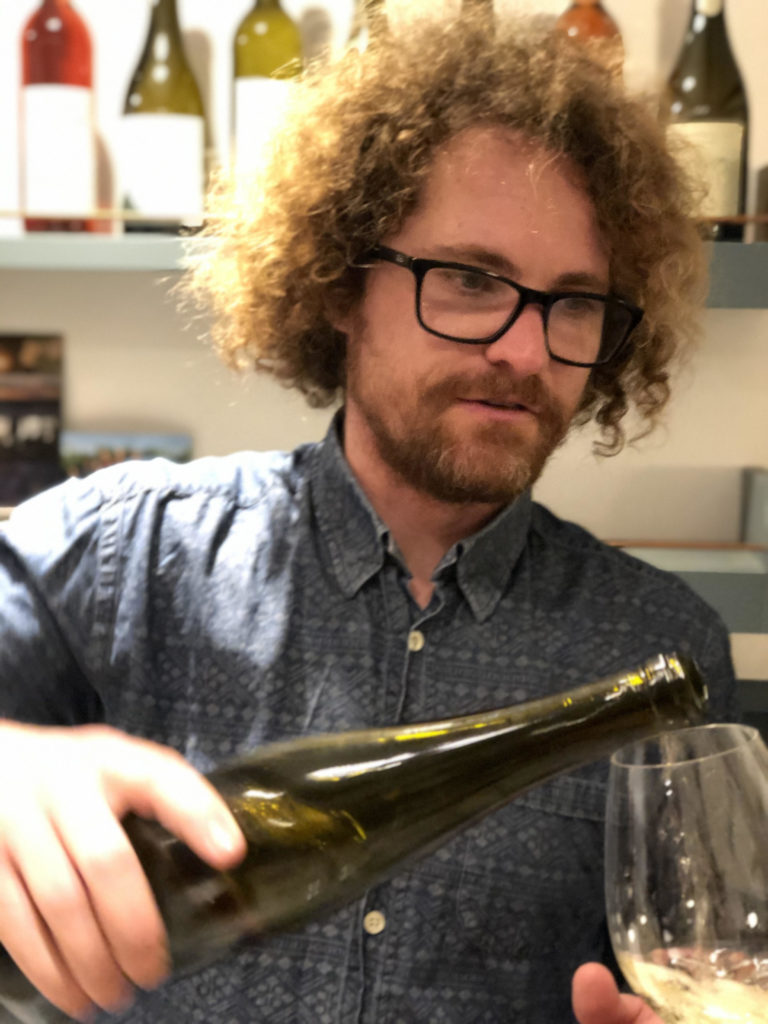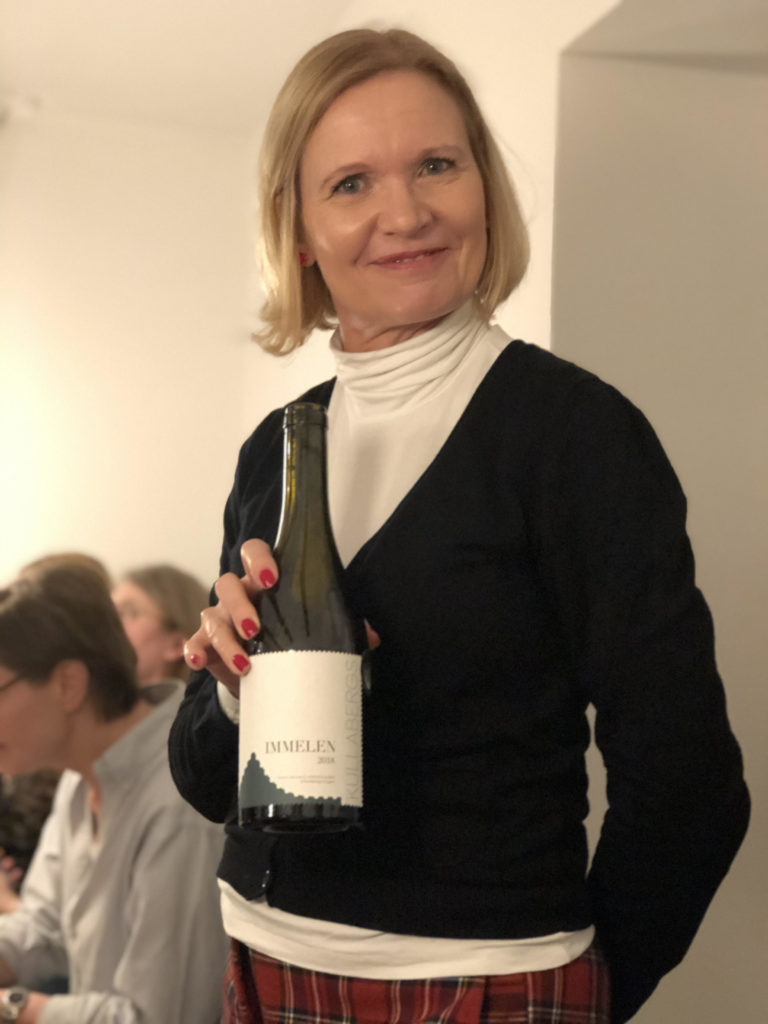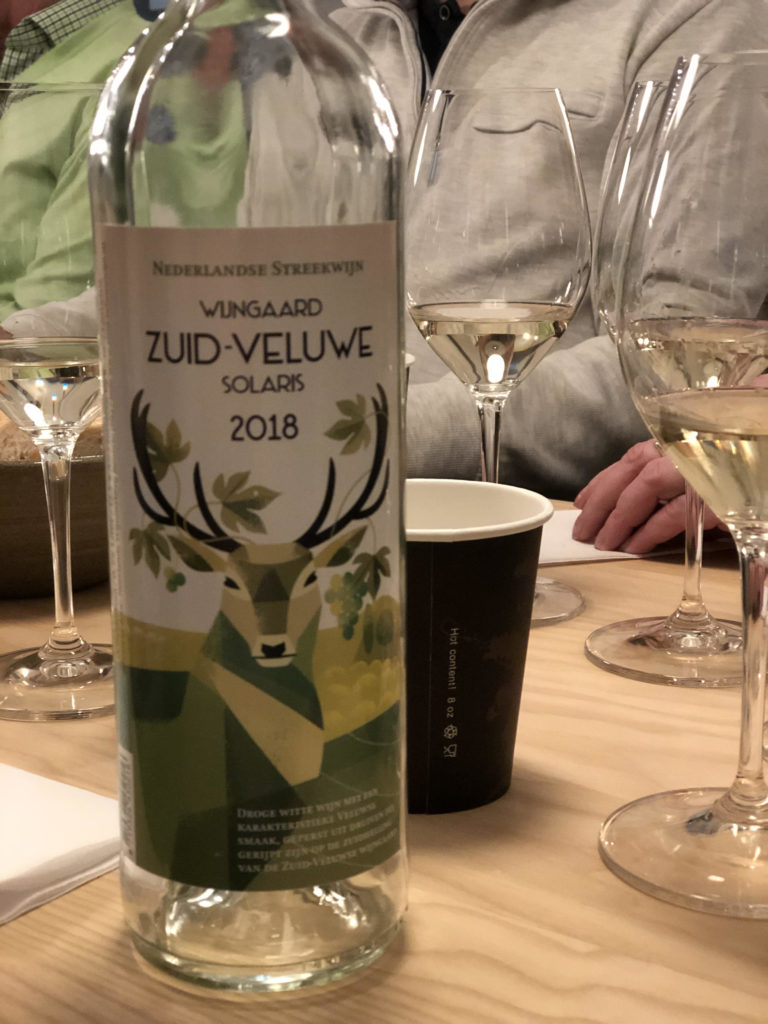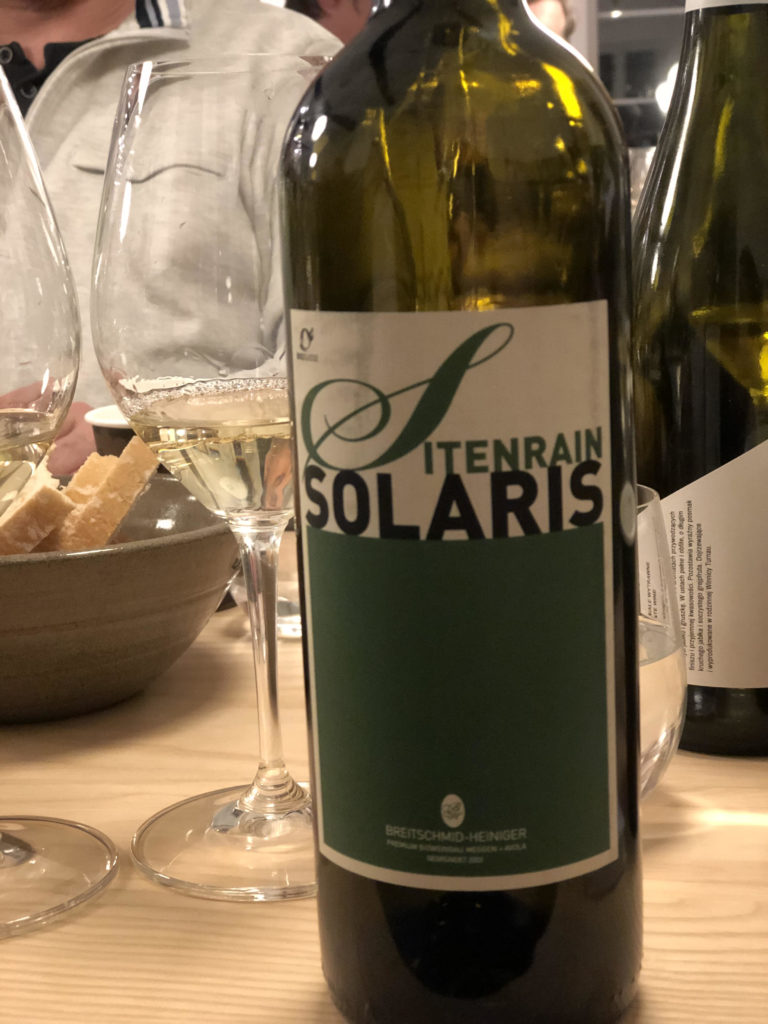Exciting things are happening in my new home region. For example, I was recently invited to the Kullaberg winery. Led by Mikael Mölstad, I and some interested guests got a walk through the Solaris grape.
Solaris is a green Vitis vinifera and can be called a hybrid due to its multiple parents. The genus includes the ancient grape Saperavi - which we can find in Georgia, among other places. As well as Merzeling, GM 6493 and Muscat Ottonel. It is a so-called PiWI grape. More information on the German name PIWI or "mushrooms grape varieties" you'll find here . The PIWI grapes in general and Solaris in particular are hardy, but also have characteristics such as high resistance to fungal attack, making them suitable for the slightly cooler and wetter climate of our country.
Your content goes here
In the neat tasting house on the Kullaberg, we first got a review from Mikael Mölstad, then the 8 wines were presented, the common denominator of which was that they were all made from the Solaris grape. I found some additional similarities such as high acidity, fresh green fruitiness and an herb with an attraction to mint. But that's where the similarities ended, the wines all had a very personal character and below you will find my tasting notes on the eight wines Kullaberg took home from Holland, Denmark, Germany, Poland, Switzerland and of course Sweden.
Dutch wine comes from a small vineyard east of Utrecht. It offered a slightly earthy note on the nose accompanied by a fresh fruitiness composed of green apples and melon as well as a floral one. The taste was fresh, slightly spicy, fruity with high acidity, with some oiliness. A little unbalanced alcohol but with a good aftertaste.
Styver comes from Denmark and Vejrhøj. The vineyard consists of 3 hectares of land cultivated naturally and biodynamically. The wine is aged in stainless steel tanks. The first sniff offered Danish cheese and a little bit of foot sweat, when it was gone I found a green herb but a slightly unbalanced alcohol. The taste was fresh, with very high acidity, green herbs, some peppermint with a long complex aftertaste.
The wine Auftakt comes from Rheinhessen in Germany and is produced in the Absthof monastery. It smells and tastes like green pears, melons and green peas. Herbaceous, chalky, earthy with a slightly clayey tone. He is young, healthy and spicy with high acidity.
Wine number four Weinworab also comes from Germany. When I smell that, I perceive a scent that I can't place at first. Tones of wine gums, yellow grapes and a bitterness make me think of light, fruity but dismissed wheat beer. Strange to feel beer at a wine tasting. That was probably the reason why I couldn't recognize the scent at first.
Poland might not be the first thing that comes to mind when talking about wine production. But it's old farmland and now they seem to have found the right one with the new grape varieties. The wine is reserved, young with a spicy fruitiness and a minty herb. It has a balanced aftertaste and has the second nicest label of the tasting if you ask me.
Wines from Switzerland are not commonplace, they are rarely exported, but drunk by the Swiss themselves. This wine here has a light aroma and taste, somewhat unbalanced and oily. He was not one of the test favorites.
Now to the Swedish wines. Srutharald from Klagshamn has a noticeable spiciness from the oak in the nose, but also clear fruit and high acidity.
The flight ended with the local wine. I've already tried the immelen from Kullaberg. They really succeeded in their production. The taste and aroma are complex and balanced, the wine has a smooth mouthfeel enveloped by the high acidity. The taste is citrus, green apples and a herbaceous mint tone.
